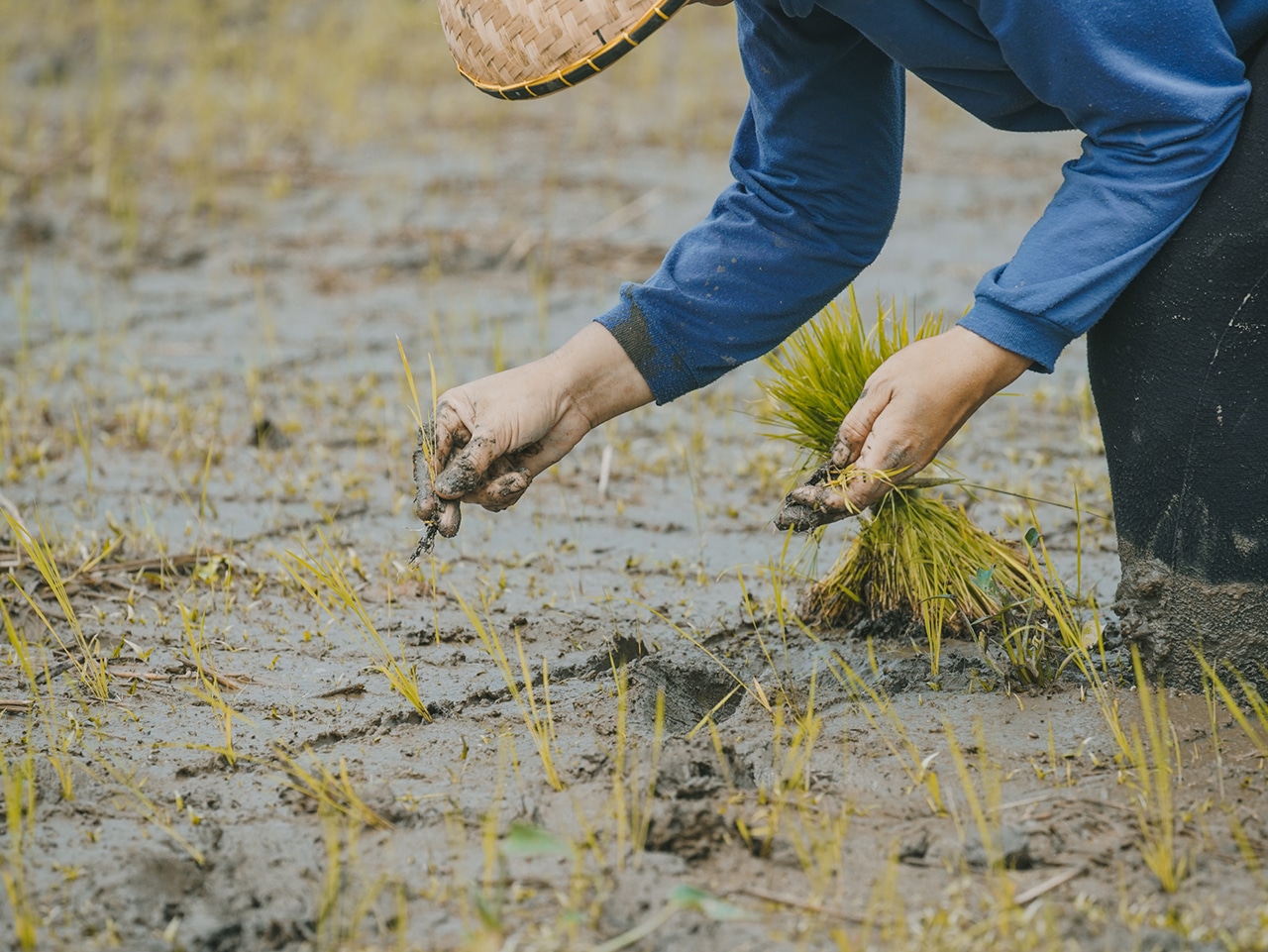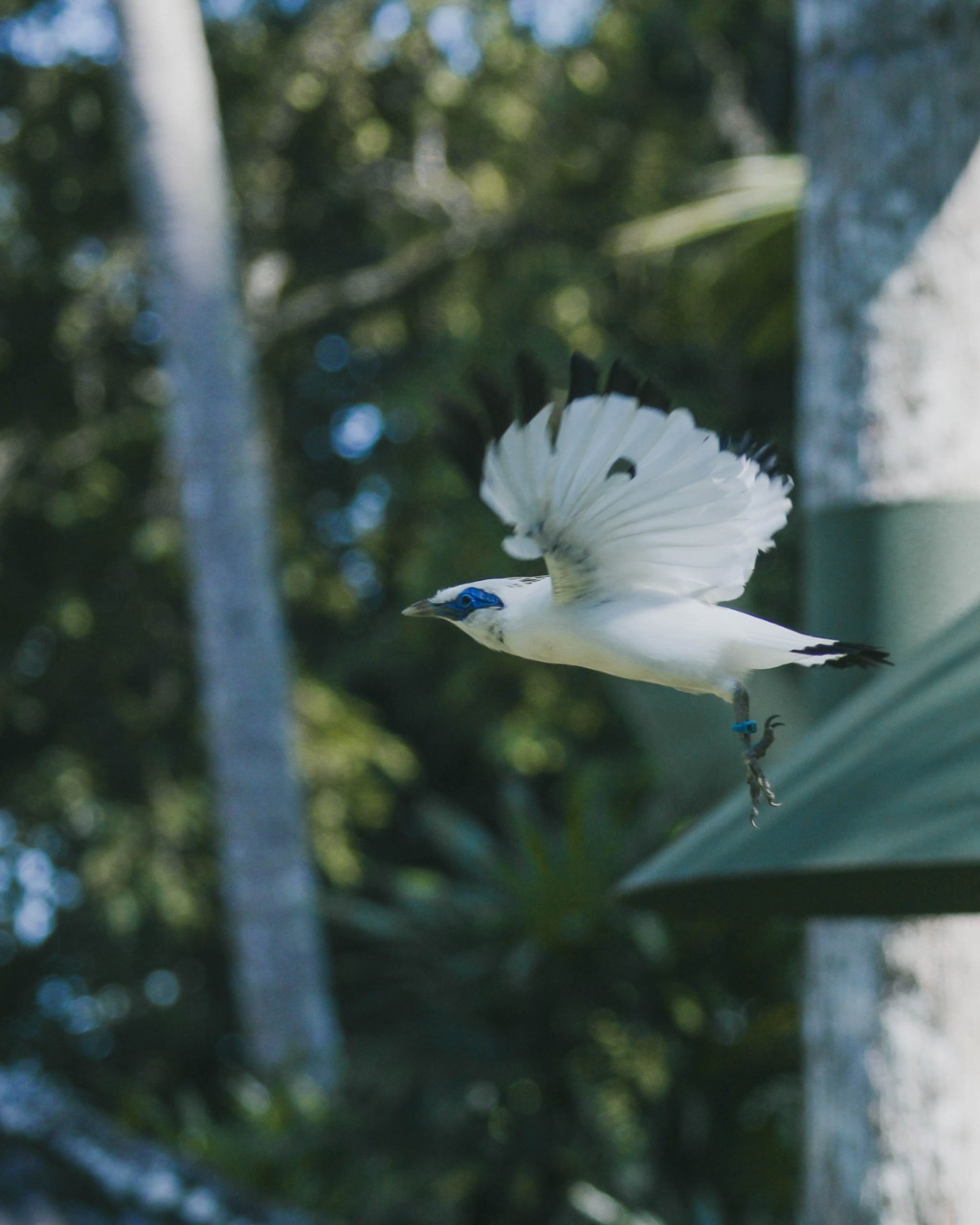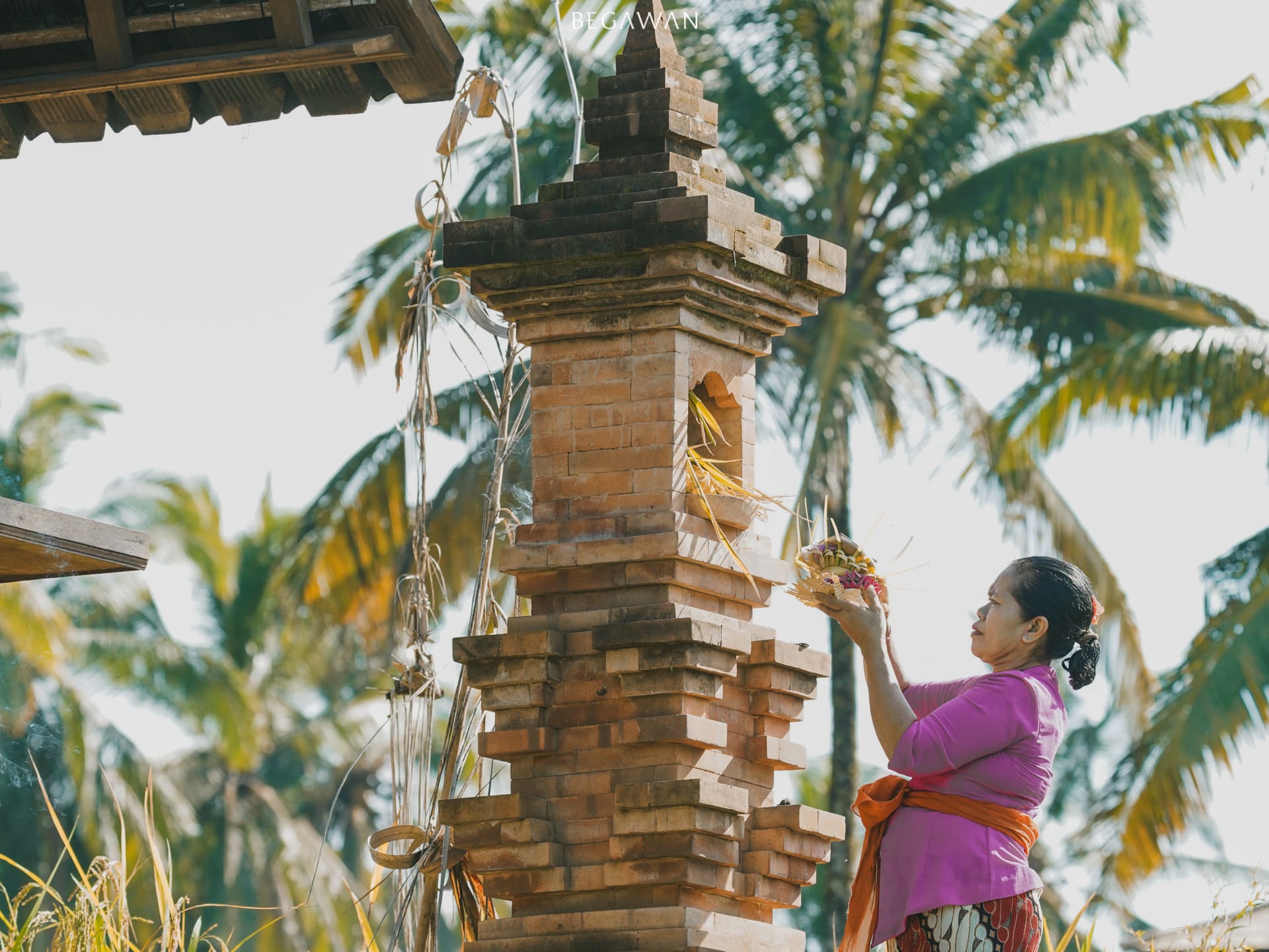
Established in 1999, Begawan Foundation has released many Bali Starlings in Nusa Penida during 2006-2007 and Sibang in 2012-2014. Later in 2018, the foundation released 20 birds in Melinggih Kelod. Our wild Bali Starlings have been monitored by the local community, and one pair, with their aggressive and territorial behavior, has remained at Begawan Foundation’s Breeding and Release Centre until now and has bred more than 9 chicks since the beginning of 2021.
Apart from being one of Begawan Foundation’s goals to continue releasing this critically endangered bird species, the Bali Starling has indeed proven to be more productive in the wild. In April and June 2021, two more releases were carried out, with two pairs of Bali Starlings released from the compounds of local residents. One pair has bred twice and the second released pair has bred once. The releases of Bali Starlings will continue to be carried out in Melinggih Kelod, both in pairs and as a flock.

Before a release, there are several important things that need to be prepared, including habitat assessment. Sze On Ng and Sze Hon Tam from the University of Hong Kong conducted a habitat assessment of Melinggih Kelod Village for the release of the Bali Starling in 2019. Assessments were carried out around the valley, river, cemetery, and all areas of the village. The survey aimed to identify and evaluate competitors, predators, food sources, and nests as well as human disturbances on the site.
In addition to habitat assessment, we also need a permit from the Natural Resources Conservation Agency (BKSDA) and also Animal Health Certificate (SKKH) from the Veterinary Centre (BBVET) to ensure that the birds to be released are free from all kinds of diseases, especially Avian Influenza (AI).

Begawan Foundation also ensures three identification tags are attached to the Bali Starlings that will be released into the wild. The first is the bird ring attached to the bird’s leg. This closed ring, used to identify the bird as coming from our Breeding Centre is placed on the leg of the bird soon after it has hatched. It has the code of our Breeding Centre and the serial number of the bird.
The second tags are color cable ties. If the bird ring contains the Breeding Centre code and bird serial number, cable ties make it easier for us to monitor birds from a distance after release. We make sure all the birds in our Breeding Centre have a different selection and arrangement of color cable ties, and all these are recorded in our studbook.
Finally, our veterinarian, assisted by our bird keeper, inserts a microchip into the body of Bali Starling that will be released into the wild. Our animal-specific microchips are supplied by Doug Black in Australia. Each microchip has a different code and is recorded by the foundation staff. Microchips are very useful when a lost or stolen bird is found, because we can scan the body of the animal where the microchip is installed. (Nitya Swastika)


